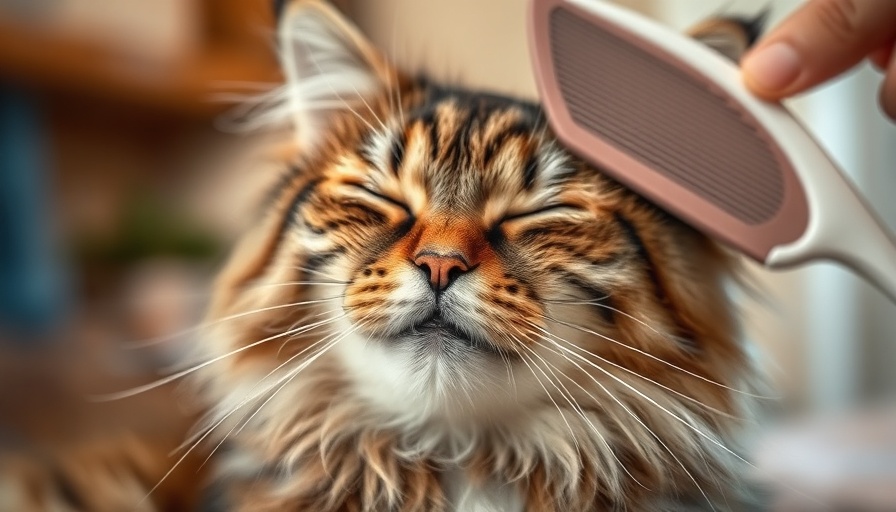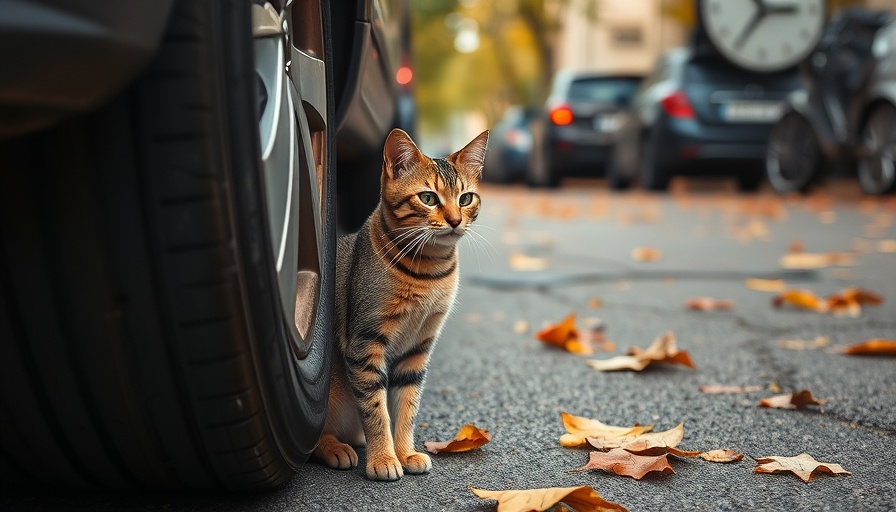
Why Flea Care Matters for Your Feline Family
As pet parents, ensuring the health and happiness of our cats is a top priority. Fleas can not only cause discomfort but lead to severe health issues, including flea allergy dermatitis and more serious infections if left unchecked. Using a flea comb is a proactive step that you can take to keep your kitty safe from these uninvited pests.
Understanding the Flea Comb: Your Best Grooming Ally
A flea comb is a specialized grooming tool designed with closely spaced teeth to capture small parasites like fleas that cling to your cat’s fur. It effectively traps fleas as the fine hairs of your cat’s coat slide through the comb’s teeth, making it a practical alternative to shaving your cat’s fur.
Flea combs are available in various designs, sizes, and teeth arrangements. For instance, a comb with shorter teeth might be better suited for a short-haired cat, while longer teeth are essential for effectively combing through longer fur. Picking the right combination ensures comfort for your feline and thoroughness in your flea-checking efforts.
How to Use a Flea Comb Effectively
To achieve optimal results with your flea comb:
- Preparation is Key: Start by brushing your cat gently with a regular grooming tool. This removes mats and tangles, making the combing process smoother and more comfortable.
- Position Your Cat: Have your cat comfortably sit in your lap or secured in a safe area. Hold them still, using a gentle grip, to avoid any sudden movements.
- Comb with the Fur: Glide the comb through your cat's coat with the grain of the fur, applying steady pressure. Pay special attention to the underarms and areas where fleas tend to hide.
- Manage Stress: If your cat becomes upset, take a break to let them calm down before resuming. It’s essential to use a gentle approach to avoid causing stress or injury.
- Cleaning the Comb: After each pass, dip the comb in lukewarm soapy water to eliminate any trapped fleas. A gentle dish soap, like Dawn, works well; however, it's wise to verify with your vet for any specific recommendations that suit your cat.
The Benefits of Regular Flea Combing
Regularly using a flea comb can not only keep your cat flea-free but also deepen the bond between you and your furry companion. Daily grooming creates a "mutual grooming" experience reminiscent of a mother cat with her kittens, fostering trust and relaxation during combing sessions.
Additionally, combing removes dead hair, reducing shedding around your home—meaning less cleanup for you and a cleaner environment for your feline friend. More importantly, frequent combing allows you to detect flea dirt and fleas early on, promoting a healthy lifestyle for your cat.
Choosing the Right Flea Comb
While selecting a flea comb, consider features that accommodate your cat's unique coat type. You may want a comb with a combination of wider and tighter teeth to handle larger and smaller areas of their body effectively. The Frisco Flea Comb for Cats is a great example, offering versatility for both long-haired and short-haired breeds.
Addressing Common Concerns
Some pet parents may wonder if flea combing will be uncomfortable for their cats. In reality, many cats enjoy the grooming process. Cats are naturally inclined to appreciate mutual grooming, so make it a positive experience. Creating a routine decreases the likelihood of your cat associating combing with stress.
If you consistently find evidence of fleas even after treatment with flea medication, consult your veterinarian to explore why it may not be working effectively.
Conclusion: Take Control of Flea Prevention Today!
By incorporating regular flea combing into your pet care routine, you can keep your cat happy and healthy while reducing flea populations. Remember, keeping your cat flea-free is not only a matter of comfort but a vital part of their overall health. Make flea combing a positive experience, and watch how it strengthens your bond with your feline companion.
 Add Row
Add Row  Add
Add 



